En las pasadas XXI EJIP - 6th IMERP, en Lourinhã, se presentó una comunicación oral sobre las anomalías de varios especímenes de la tortuga Neochelys, procedentes de la Cuenca del Duero. En este trabajo titulado "Shell anomalies on Spanish specimens of the Eocene Neochelys (Pleurodira, Podocnemididae) from the Duero Basin" se han evaluado las anomalías de más de 200 elementos del caparazón, dando información sobre tu probable etiología y patogénesis. El resumen es el siguiente:
The Spanish Duero Basin (the largest Cenozoic continental basin in the Iberian Peninsula) stands out for the find of abundant and diverse remains of fossil vertebrates, especially reptiles and mammals. Material attributable to turtles is very common in the Eocene sedimentary successions of this basin, with four turtle lineages identified there (i.e., Podocnemididae, corresponding to Pleurodira, and three lineages of Cryptodira: Testudinidae, Carettochelyidae, and Trionychidae). Podocnemididae, restricted to the freshwater genus Neochelys, is, by far, the most abundant turtle lineage there, present in various Eocene levels, from the Lutetian to the Priabonian. In this context, anomalous shell remains of about 10 Neochelys had been previously identified. However, these paleopathological conditions lacked accurate analysis, detailed descriptions and differential diagnoses not having been published for almost any of them, which led to highly speculative hypotheses. More than 200 anomalous shell remains of Neochelys, most of them corresponding to unpublished specimens, are recognized by us. They correspond to both articulate and isolated plates.In this context, we perform a detailed study of the anomalies present on the fossil remains of the most representative turtle lineage in the Eocene levels of the Duero Basin: that of the podocnemidid Neochelys. The detailed external evaluation of the anomalies, combined with the use of computed axial tomography for some specimens, allowed us to refute several previously reported hypotheses of those being a product of putative predation by crocodiles, proposing distinct causal agents. The incorporation of an interpretation of new anomalous shell remains provides a more global vision about some agents (i.e., bacteria, fungi, parasites, among others) to which turtles were subjected to in that region, as well as the effects that these had on the more representative turtle taxon of the Duero Basin.
-----
Más información:



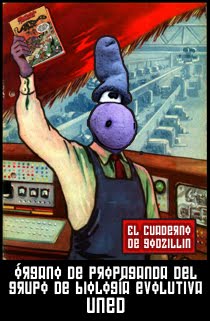
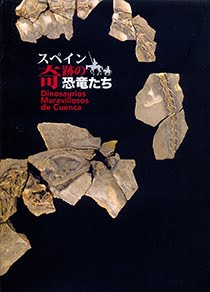








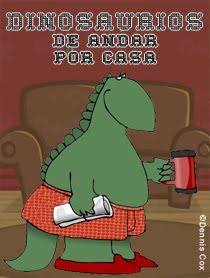







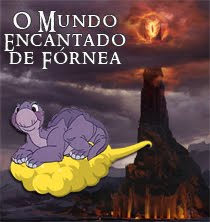
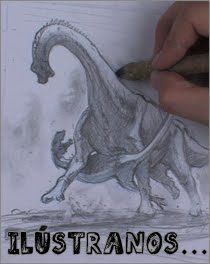






No hay comentarios:
Publicar un comentario